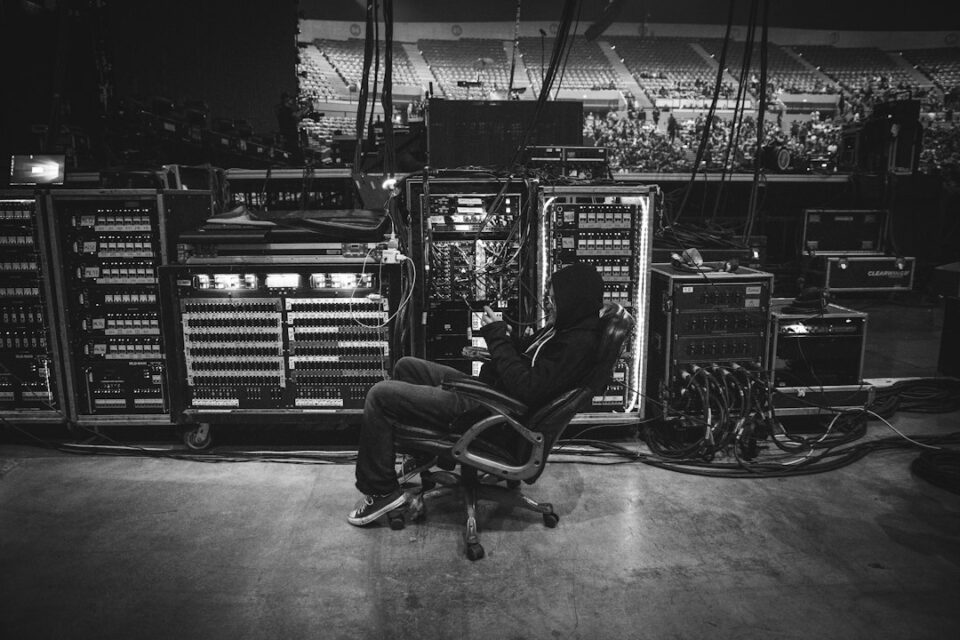Breaking Down the Stages of Production: From Concept to Market
In today’s fast-paced world, the process of bringing a product from concept to market involves a thorough production journey. This journey can be divided into several key stages, each with its own unique challenges and requirements. Understanding these stages is crucial for any entrepreneur or innovator looking to turn their creative ideas into tangible products. Let’s dive into the fascinating world of production and explore the various stages involved in taking a concept to market.
1. Conceptualization:
The first stage of production begins with conceptualization. This is the phase where innovative ideas are born and refined. Entrepreneurs and inventors brainstorm, research, and come up with new concepts to fill market gaps or improve existing products. It is important to consider factors like target audience, market demand, and potential profitability at this early stage. Once a concept is solidified, it can move on to the next stage.
2. Design and Development:
After the concept is finalized, the design and development stage begins. Here, prototypes and mock-ups are created to explore the viability and functionality of the product. Expert designers, engineers, and manufacturers work together to transform ideas into tangible forms. This stage involves making countless iterations and improvements until a final design that satisfies both technical requirements and consumer demands is achieved.
3. Production Planning:
Once the design is finalized, production planning begins. This stage involves determining the manufacturing process, production timeline, and resource requirements. Manufacturers analyze factors such as cost, efficiency, and quality control to develop a comprehensive production plan. Production facilities are set up, and equipment, materials, and labor are acquired accordingly.
4. Manufacturing:
The manufacturing stage is where the actual production of the product takes place. Raw materials are sourced, processed, and transformed into finished goods. Skilled workers operate machinery and undertake various assembly and quality control tasks. Depending on the complexity of the product, manufacturing can be done in-house or outsourced to specialized facilities. Effective communication and coordination between all involved parties are critical to ensure smooth production.
5. Quality Assurance:
Quality assurance is a vital stage in the production process. Dedicated teams monitor and evaluate products at various checkpoints to ensure they meet the predetermined quality standards. This step involves thorough inspections, testing, and analysis to identify any defects or deviations from the desired specifications. Any issues identified are resolved, and adjustments are made to maintain high-quality standards.
6. Packaging and Distribution:
Once the production is complete, the product moves on to packaging and distribution. Packaging plays a crucial role in catching the consumer’s attention and protecting the product during transportation. Attractive and functional packaging is designed to promote the product’s appeal. Distribution channels are established to reach the target market effectively. This stage involves logistics planning, inventory management, and establishing partnerships with retailers or distributors.
7. Marketing and Advertising:
No product can be successful without proper marketing and advertising. This stage involves creating a strategic marketing plan to promote the product to the target audience. Various channels such as social media, traditional advertising, influencer collaborations, and public relations are utilized to create awareness and generate demand. Effective marketing campaigns can significantly influence the success of the product in the market.
8. Market Launch and Feedback:
Finally, the product is launched into the market. Initial sales and consumer feedback provide valuable insights into the product’s reception and allow for further improvements. Understanding customer preferences, analyzing market trends, and adapting to changing demands are crucial for long-term success.
Breaking down the stages of production from concept to market provides a comprehensive understanding of the complex and intricate process of bringing a product to life. Each stage requires careful planning, collaboration, and attention to detail. Navigating this journey successfully requires a combination of innovation, creativity, and strategic decision-making. By mastering these stages, entrepreneurs and innovators can maximize their chances of transforming their ideas into successful products.


